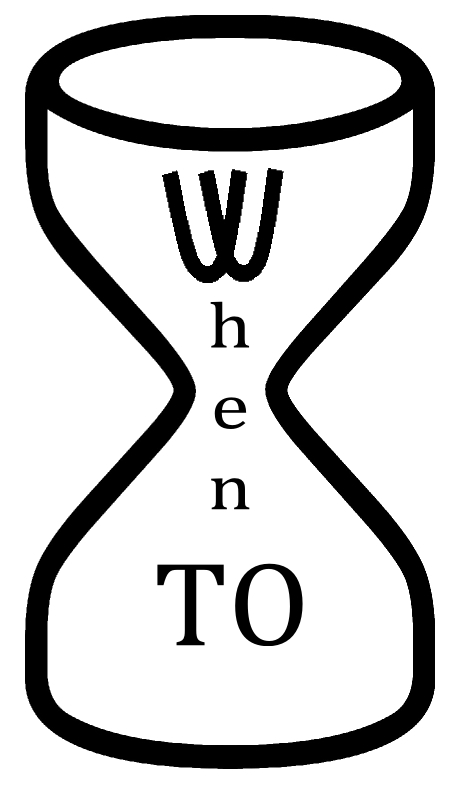WHAT IS IT?
Simple idea: improving luck with better assessment of time. It's a kind of weather forecast, but for time. We try to map the time using ancient and modern approach of Jyotisha Shastra in it's Muhurta aspect. It is a kind of ancient statistical approach for time management of ancient and modern ritualists.
WHAT FOR?
To make life easier and lighter, to save time.
You can easily see if the day is not promising for the activity which you wanted, select another activity for which it is better.
And take it easy.
About Us
This project is developed by Computing Opportunities Pte. Ltd.
Our company is incorporated in Singapore, because of careful approach to time and modern technologies use.
We are now in beta phase.
Why Us?
Sharing experience of living in different social systems, multi and mono-lingual societies for the last 30+ years
allowed us to value life in it's pristine quality: take it easy when you can and while you can.
Do not become obsessed about things not done. You could easily select better times to improve whatever you have done before.
A LITTLE BIT OF HISTORY
First observations of lucky times started on no concept of weekday, but on a concept of Moon position in a fixed star. Ancient Myths show that there was time when there were two Suns and two Moons... Later events show that one Moon remained full every day. In our genetic memory it remains as the ideal night, when the Moon used to be full every night. In remote time every day was a festive day and a holiday. The reminder of this is found in Jain faith. But we take our statistical approach from much later time when Moon started to diminish and increase monthly. This method is substantiated by several thousands years of Jyotisha Shastra tradition. The simplicity of material life of those days decreased and developed according to different regions in India. They developed their own fixed theories on how and when things should be done.
This system helped people to resist the conquering powers of Indian territory and helped Indian population to successfully launch important gatherings for example to convince the British to leave India and even gain her final independence. We are not so serious about applying these methods for significant public events, but in everyone's personal life the modernized approach can lead to increasing amount of joy in everyday life. Shopping, better haircuts, less painful visits for treatments and better feeling about your own self existence.
Modern technology (internet) makes this knowledge accessible for everyone in every place on every portable device.
